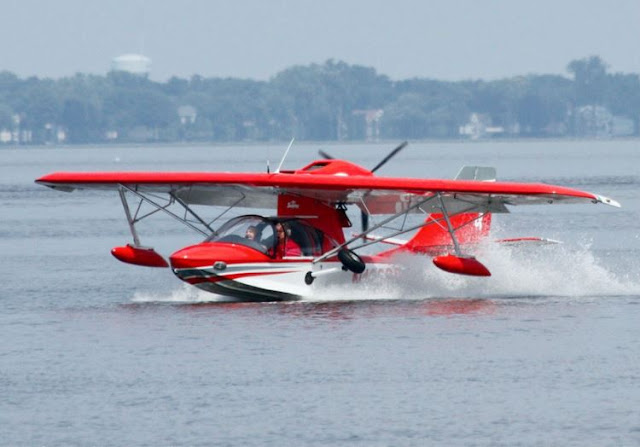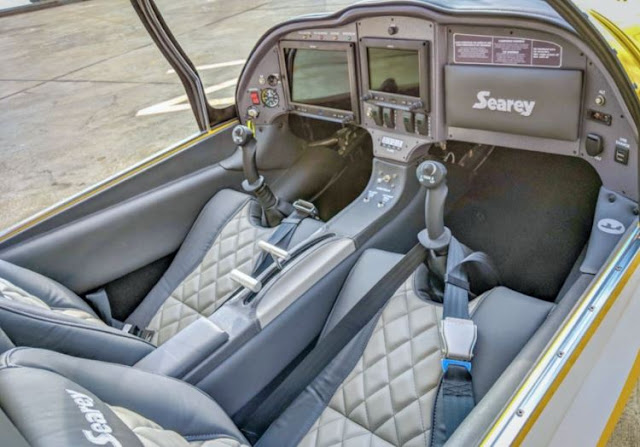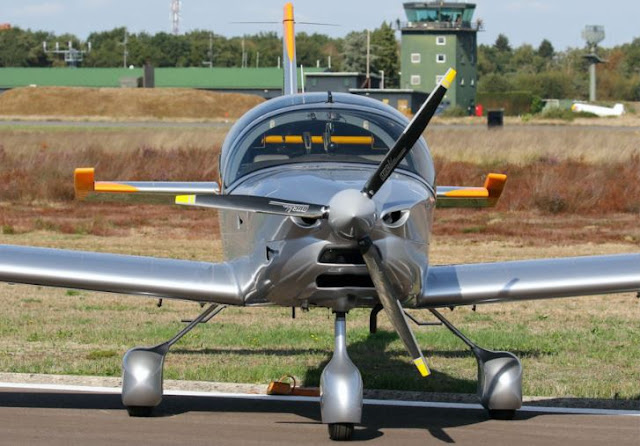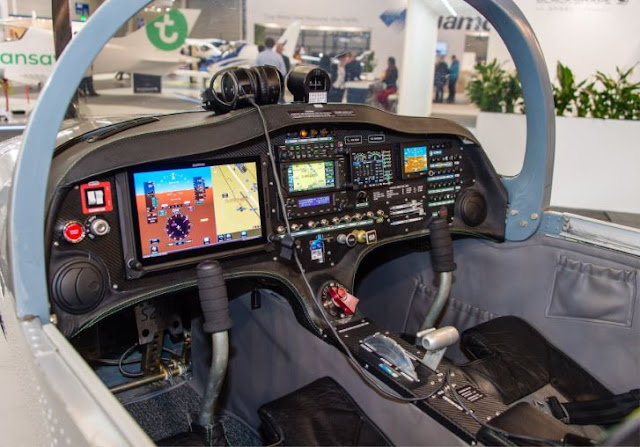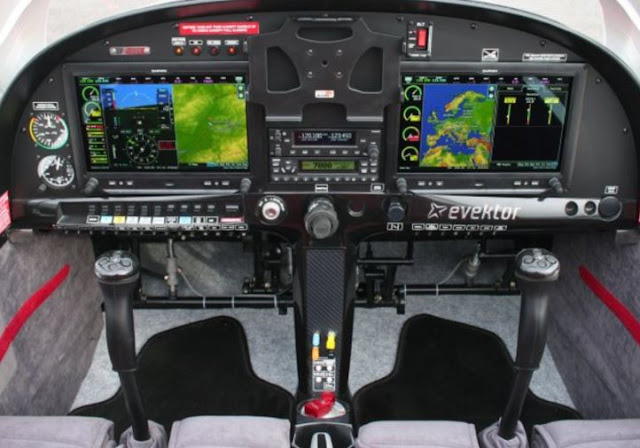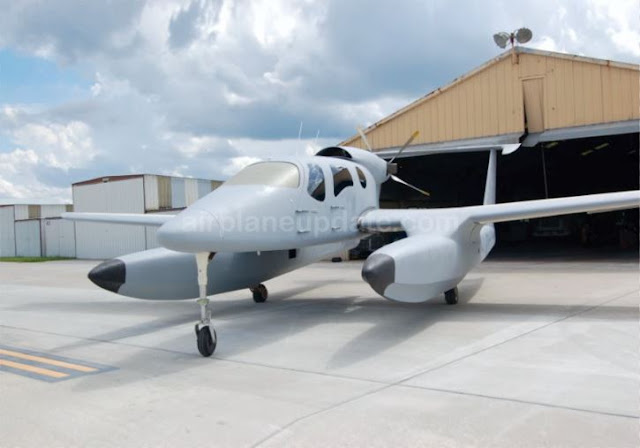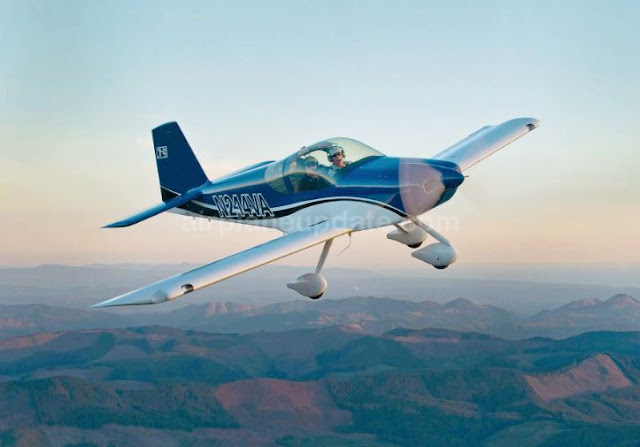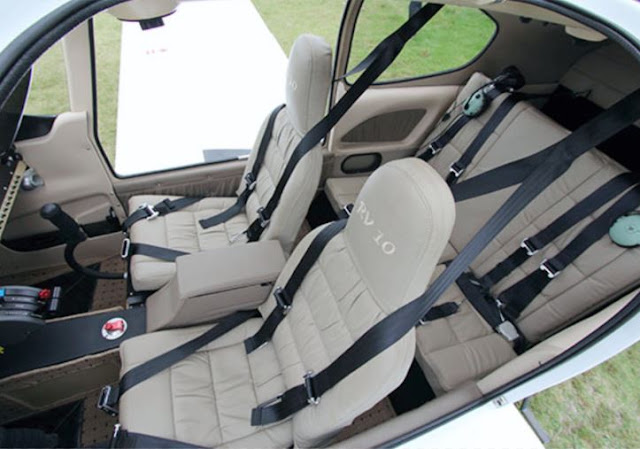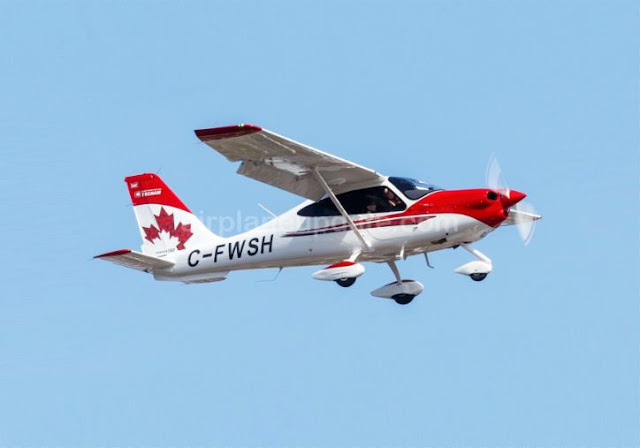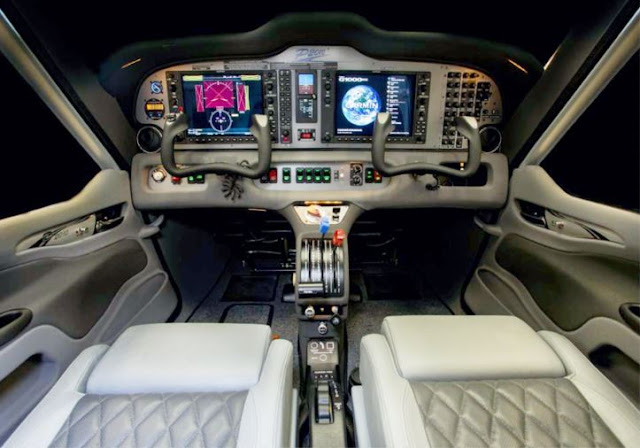Airplane Factory Sling 4 Specs, Interior, Cockpit, and Price
Admin
01:00
Airplane Factory Sling 4 Specs, Interior, Cockpit, and Price – Sling 4 is a four-seat light sport aircraft manufactured by The Airplane Factory (TAF), a South African aircraft manufacturer. This aircraft is available in kit and version ready to fly. The Sling 4 aircraft design was first introduced in 2009. The first aircraft with the EFIS Garmin G3X system was sent to Kevin Els and Thierry Plojoux & Rae Hoenderpoep in December 2014. Dean Hall received the latest version of the aircraft in August 2015.

The Sling 4 aircraft has bubble canopies, gull wing doors, and composite landing gear that absorbs pressure on a regular basis. The aircraft is also equipped with a complete airframe emergency parachute for added safety. The dimensions of the aircraft include an overall length of 7.1 m, height of 2.45 m, wingspan of 9.96 m, wing surface area of 12.4 m² and a body length of 6.17 m. The aircraft's take-off and landing distance are 213 m and 152 m, respectively.

Sling 4 aircraft can fly with a maximum speed of 250 km / h and a cruising speed of 240 km / h. The maximum range of the aircraft is 780 nmi. The aircraft can rise to a maximum operating height of 15,000 ft at a rate of 750 fpm. The standard empty weight and maximum aircraft takeoff weight are 470 kg and 920 kg, respectively. The aircraft has a useful load carrying capacity of 450 kg.

The avionics suite of the Sling 4 aircraft also includes a mobile GPS map, map display, terrain warning and voice confirmation in addition to visual and external alarms. It further includes a weight and balance calculator, flight and machine recording facilities for key flight data, and flight logs which can be downloaded using an SD / MMC card.


Sling 4 Specs
The Sling 4 is an upgraded version of the two-seat Sling 2 aircraft. The fuselage is made of aluminum alloy 6061T-6. The aircraft includes strong rivets on the main spar to provide additional strength. Composite materials are used in the construction of the cover, the wing root cover and the junction between the vertical stabilizer and the fuselage, the wheel pants, and the instrument panel and canopy structure.The Sling 4 aircraft has bubble canopies, gull wing doors, and composite landing gear that absorbs pressure on a regular basis. The aircraft is also equipped with a complete airframe emergency parachute for added safety. The dimensions of the aircraft include an overall length of 7.1 m, height of 2.45 m, wingspan of 9.96 m, wing surface area of 12.4 m² and a body length of 6.17 m. The aircraft's take-off and landing distance are 213 m and 152 m, respectively.

Sling 4 Engine and Performance
The Sling 4 aircraft is powered by a Rotax 914 UL turbo charged engine manufactured by Bombardier-Rotax. The engine produces an output power of 84.5 kW (115 hp) at 5,800 rpm to drive the Airmaster 3-Bladed Constant Speed propeller. The aircraft is equipped with two fuel tanks that offer a maximum fuel capacity of 185 l integrated in both wings.Sling 4 aircraft can fly with a maximum speed of 250 km / h and a cruising speed of 240 km / h. The maximum range of the aircraft is 780 nmi. The aircraft can rise to a maximum operating height of 15,000 ft at a rate of 750 fpm. The standard empty weight and maximum aircraft takeoff weight are 470 kg and 920 kg, respectively. The aircraft has a useful load carrying capacity of 450 kg.

Sling 4 Cockpit and Avionics
Sling 4 aircraft are equipped with a 44 in wide glass cockpit from MGL Avionics with complete flight data, engine monitoring and GPS. It features nine screens completely user-programmed with PC-based editing software. The cockpit also features coordinated and very responsive controls. The cockpit displays the Garmin G3 primary avionics, while the secondary avionics includes instruments and configurable items such as traditional analog calls, bar graphs, digital readings, horizons and moving maps.The avionics suite of the Sling 4 aircraft also includes a mobile GPS map, map display, terrain warning and voice confirmation in addition to visual and external alarms. It further includes a weight and balance calculator, flight and machine recording facilities for key flight data, and flight logs which can be downloaded using an SD / MMC card.









